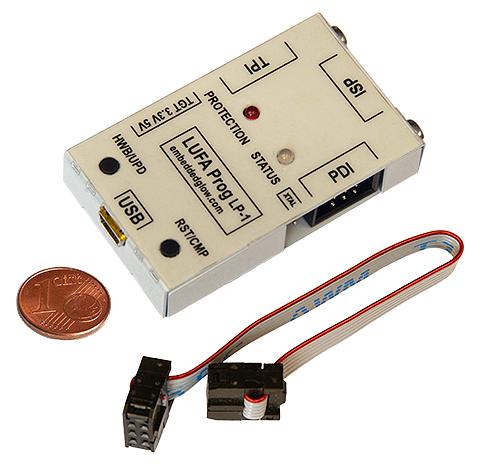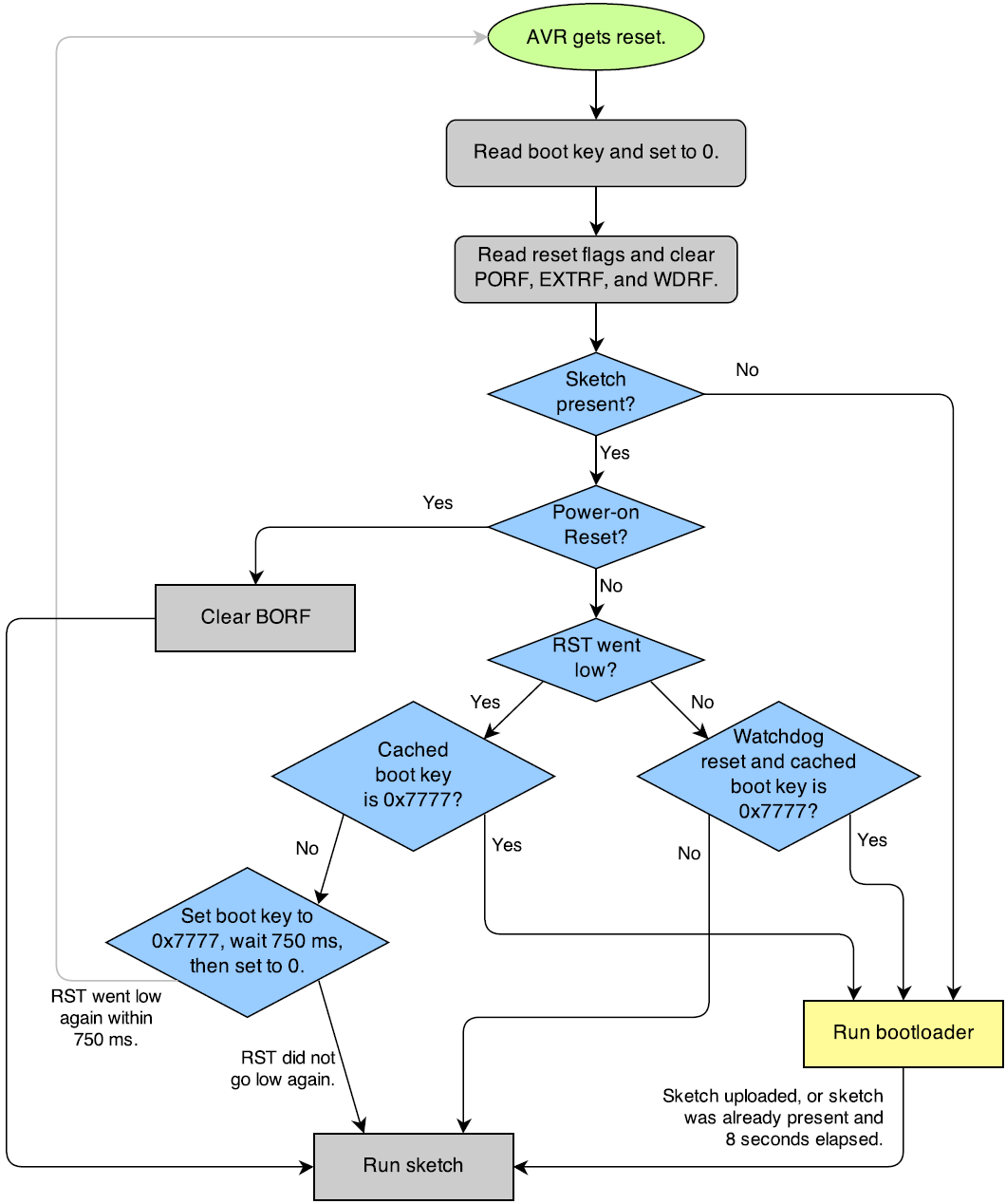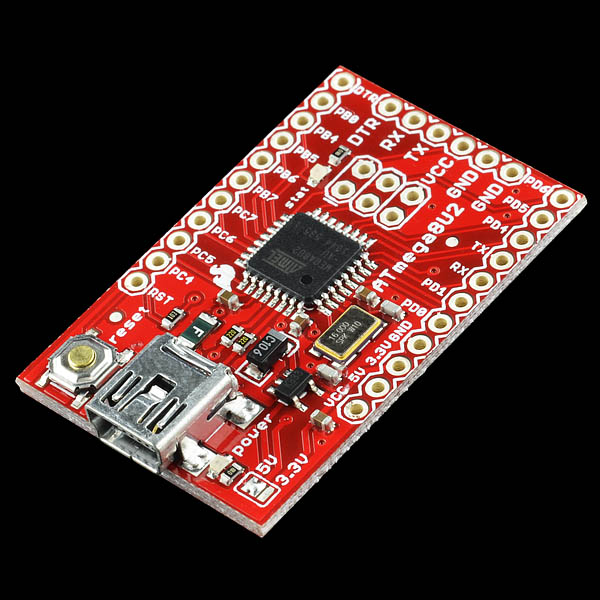Lufa Host Side Bootloader Compiled For Mac


For PC-side communications with a bootloader (via ezbl_comm.exe), a Microsoft Windows x86/x64 based platform is required, or alternatively, the C source code for this utility must be compiled and linked for the target operating system. Apr 8, 2014 - Subject: LUFA host side bootloader compiled for MAC or Linux? Is there anyone that has compiled the LUFA host side c program:. Hacking USB HID for Easy Tethered Ubicomp Tod E. Kurt / ThingM Sketching2010 24 July 2010. Spooky Arduino WineM Crystal Monster. Host-side API for Generic Data thru HID-open()-command( in_buffer, out_buffer )-close(). Task & bootloader. TweetM Control an LED via Twitter LinkM + BlinkM Gateway in Processing.
Author: Subject: RE: European Wire Sizes? Posted: Apr 08, 2014 - 06:42 AM (GMT 1) Topic Replies: 1 We have.lots. of ways of describing it, all of which are exactly the way you don't want it when you need it. Author: Subject: RE: internal oscillator self calibration for temp/vcc Posted: Apr 08, 2014 - 07:01 AM (GMT 1) Topic Replies: 8 Yup, each node would tx based on it's own oscillator and provide an appropriately wide range of input variance on rx pulse, even without the optos. Network errors should be the exception. Ring topology is important so node addresses can be computed automatically, I don't mind making a fixture to bench calibrate adc/temp/osc/vref per unit, but I want them to be useable anywhere in the ring.
Unfortunately this tiny doesn't have uart, but I have a scheme in mind to pass through the bits once they are voted on (and once addresses are assigned) so node-node propagation is reduced significantly, which is an improvement over uart or daisy-chain 3 wire (plus possibly improved temp/vcc adaptation on internal oscillator). Plus I can use as little as 1 data bit (uart min is 5), which seems like it can be very useful for reliable communication with a less reliable oscillator, and maybe my original question is moot since I can turn up the bits per second without a low voltage opto. Thanks, yall modules/PNphpBB2/images/smiles/iconsmile.gif' alt='Smile' border='0' /.
So now I know that my hardware is correct, my code is not setting the CH bit to zero. We don't know either.
You have shown no code. Mind you, if you can set the seconds register, it is very likely that you are clearing CH as a side-effect. However, you still seem to avoid using return values from i2cxxx functions. You do illogical sequences like i2cstop, i2crepstart So it is likely that you do other stupid things. Are you using the 'TYPICAL OPERATING CIRCUIT' from page #1 of the data sheet?
Are you following the layout advice from 'Figure 4. Typical PC Board Layout for Crystal'? The low power oscillator is really low power. It does not like long wires, stray capacitance or breadboards. Well at the same time fuses left 'unprogrammed' are at a logic 1, 'programmed' is a logic 0. Jim, the FUSE bits are (or, if you like) -based, while the SRAM bits (or SRAM cells) are plain with an SET and RESET additional circuitry.

Regarding stack initialisation, the usual practice is to load the uppermost SRAM address (see: 'RAMEND') to stack pointer; and this should be the first thing to do before anything else in the code -even if you need to initialise certain I/Os that drive really heavy loads that cannot wait a couple of microseconds in the high-Z state (PORTx=DDRx=0x00) in which the AVR hardware RESET leaves the I/O PORTS. Now, while the watchdog reset is a good approach for the AVR hardware initialization, it is very slow in comparison to a manual hardware initialisation piece of code and it leaves the SRAM completely untouched. Personally, as a control-freak I think I am, I am always trying to never leave anything to chance.George (Nikos Kazantzakis).nolist.include 'm328pdef.inc'.list // Fcpu = 8MHz.def ovfcounter = r17.def adcvalue = r18.def isrflag = r19.cseg.org 0 rjmp main.org OC0Aaddr rjmp Compare0Aisr;- main: // init stack ldi r16, low(RAMEND) out SPL, r16 ldi r16, high(RAMEND) out SPH, r16 // init ports ldi r16, 0b00000100 out DDRC, r16 // PORTC2 output out PORTC, r16 // PORTC2=1, led on sbi DDRB, 3 // OC2A output // init Timer0 // mode CTC, top=OCR0A, prescaler 1024 ldi r16, (1. Author: Subject: RE: Re: Looking for RF transceiver Posted: Apr 09, 2014 - 06:40 AM (GMT 1) Topic Replies: 18 I've been using Dorji.com DRF4431/2 module which has a Si4432 module (apoligies to Atmel). Sold by web site Tindie.com.
Lufa Host Side Bootloader Compiled For Mac
Same chip as HopeRF's RFM22 module. Different pin-out. Less expensive. The two are talking to each other in my test setup - reliable datagrams (error correction). The Arduino compatible RF22 library works with these.
Well done software for quick app development. This was originally done for an AVR but I have it running as well on a ARM M4.